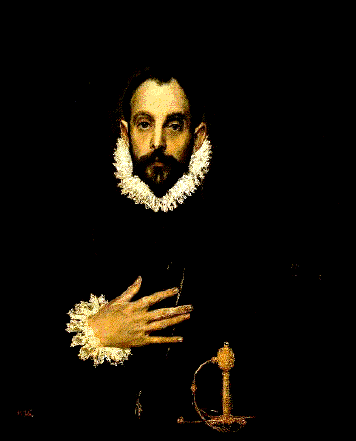Introduction to Art HUA101 3309
OCT 17, 2011
American museum of Natural History
In the book “Prebles’ Artforms”, the author Patrick Frank in chapter one emphasizes that long time ago different cultures uses art for worship and ritual. Many society practice art to decorate some clothes, to make some arm that help them to survive to develop their skills to create beautiful object used to player in some ceremonies. At this time art was something to uses and made it beautiful. Wikipedia (http://en.wikipedia.org/wiki/Shamanis) defines Shamanism as a kind of traditional and religious beliefs and practices concerned with communication with the spirit world. There are many variations in shamanism all around the world, all of them with the principle in which spirits plays the most important the role in human lives. In America, Asia, Africa and Oceania, we can hear about the Shamanism, a culture than travel around the world and make their own folk art. The shamanism trusts that shamans affecting the spirit restore the physical body of each individual of this society. They believe that spirit are their directors and advises them any situation. Dreaming about their future, visualizing and predicting inexplicable things are some the directions of this knowledge that the soul restore passes to them.
The shaman’s social role has many functions such as leading a sacrifice, therapeutic, leader, and teacher. In some cultures, their behavior, rights and obligations can be diverse; they depend of each cultural social status and position. For example, the shaman who has dreams or visions and his dream can tell confident things can be set as wiser. Others who do not have these qualities can be used as maintaining the tradition by memorizing songs and tales.
The shaman never stop learning, these culture has special priority to education of their members. They collect all the knowledge, increase it and use it for the good of their community. Shamanism is traditionally an oral teaching. By memorizing song and remember tales the shaman teacher teach children to learn everything about their culture.

Animal has a very essential role in these society, animals symbolize the unknown and influence of the natural world, which can create or destroy. Shaman has faith in that animals are the representation of animal spirit guides. In addition, animal bring the food, clothing and some tool. Native American depended of the buffalo. It was their main food. Native American made tipis, clothing and tools from the bones and the skin of the buffalo. The tool helped them to haunt others animals. The clothes and the tipis were decorated by them. The men of this society were creative in their clothes and tipis because they have more contact with the nature reason why their art is more realistic. They described stories in their clothes like how they haunted the buffalo. On the other hand, the women of these tribe had less creativity. They did not show stories on the robes. Their art loos are more abstract (se figure #1, it is a representation of how art made by men and women look).

Ritual and ceremonies are in honor to their soul restores. In the anthropological papers of the American Museum of Natural History Vol. XVI, Part VII The Sun Dance of the Plains Indian: Its development and Diffusion by Leslie Spier, describes who native people prepare themselves to execute The Sun Dance ceremony which is one of the most famous ceremonies around the world. In this ceremony, people dancer for three or four day and nights from a circle and dance individually to the tree in the center.(see figure #2, this is a representation of the Sun Dance Ceremony) Each dancer walks to the tree and say a prayer for others. They give tobacco or corn to the tree which it is the Great Spirit. During the Sun Dance, the dancer does not have to eat and drink anything because the principal propose of it is to demonstrate the ability of intend. The ceremony context for the dancer is to develop as fast and extremely the primary shaman power. What makes an individual a shaman is the ability of never give up.
In short, the shaman art folk art is good example of art for worship and ritual, it show us a lot of thing about this culture and the similitudes of all of their variables around the world.
References
Wikipedia
The anthropological papers of the American Museum of Natural History Vol. XVI, Part VII The Sun Dance of the Plains Indian: Its development and Diffusion
Leslie Spier













